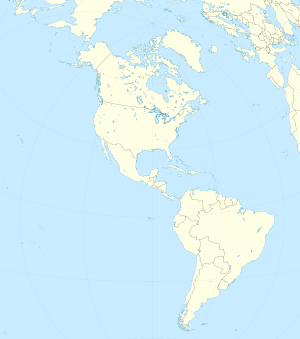Battle of Yavi
| Battle of Yavi | |||||||
|---|---|---|---|---|---|---|---|
| Part of Argentine War of Independence | |||||||
| |||||||
| Belligerents | |||||||
|
|
| ||||||
| Commanders and leaders | |||||||
|
|
| ||||||
| Strength | |||||||
| 600 | unknown | ||||||
| Casualties and losses | |||||||
| 300 prisoners | very light | ||||||
The Battle of Yavi (also called "the Surprise at Yavi") took place on 15 November 1816, and was one of the military battles to obtain Argentina's independence from Spain, but ended in defeat.
The Battle[edit]
The war between the Patriots in Argentina and the Royalists in Upper Peru (Bolivia) had been going on for 6 years.
In early November 1816, the Royalists began a new invasion, advancing with 3,000 men under the command of Pedro Antonio de Olañeta, Juan Guillermo de Marquieguy, and Field Marshal José de la Serna.
The independentist troops in the area were commanded by Juan José Fernández Campero, popularly known as Marquis of Yavi, as commander of the eastern flank of General Güemes' army. Fernández Campero was a Spaniard landowner who supported the revolution.
Unaware of the Spanish advance, he arrived at the town of Yavi (north of Humahuaca) on the 14 November in command of 600 men. There he was surprised the next day by Marquiegui, who first seized their horses and then attacked the town where the patriots were located from two directions, obtaining an easy victory. Campero, his second in command and 300 men were taken prisoner.[1]
Consequences[edit]
The battle was a defeat for the Army of the North. As a result, the northern border of the Argentine territory collapsed and the provinces of Salta and Jujuy were invaded by the Spaniards.
The government in Buenos Aires decided then to continue the fight for independence through the Pacific flank (present-day Chile), under the command of General San Martín, while Salta's caudillo Martín Miguel de Güemes led a guerrilla war to keep at bay the royalist army in the northern provinces. This campaign is retrospectively known as La Guerra Gaucha ("The Gaucho War") after a 1905 novel by Leopoldo Lugones.
References[edit]
External links[edit]
- (in Spanish) Ejército del Norte
- (in Spanish) argentinaturismo
- (in Spanish) Página 12



